I learned the hard way during a backyard cookout where half the burgers ended up either still mooing or burnt to a crisp. Grilling burgers seems simple enough until you’re the one standing over the flame, second-guessing yourself on the doneness of every patty. Getting it right comes down to one key question: how long to grill burgers? And the answer, like most great things in life, depends on a few important variables.
Start with burger thickness and shape
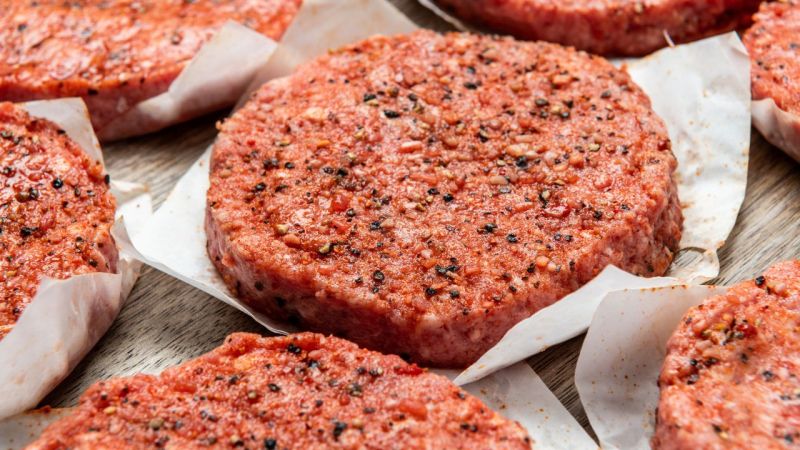
Before talking time, it’s important to talk thickness. A thin patty, around half an inch thick, cooks faster, usually in about three to four minutes per side. Thicker patties, closer to an inch, take more time (closer to five to six minutes per side) and benefit from a bit of indirect heat toward the end. If you’re making stuffed burgers, plan for an extra couple of minutes on each side. The more uniform and consistent the size and shape, the more evenly your burgers will cook. Lopsided patties tend to leave you with one side dry and another undercooked.
Temperature matters more than time
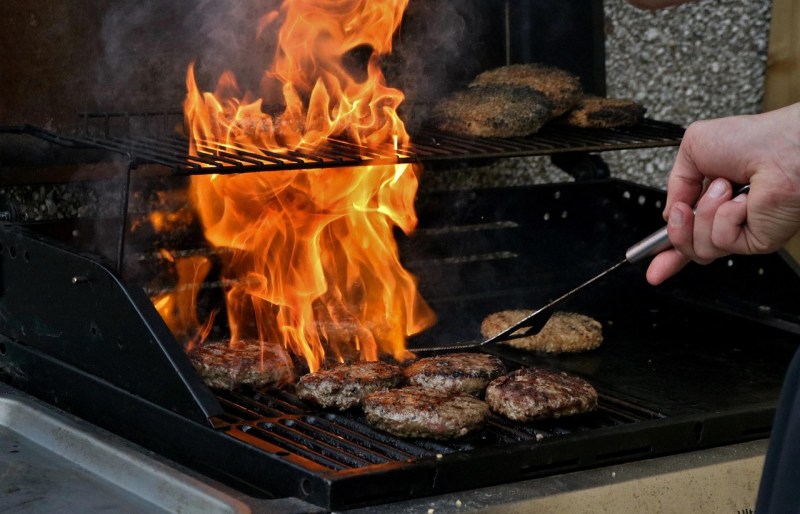
The question of timing is common, but what really ensures success is internal temperature. Burgers aren’t like steaks — you’re dealing with ground meat, so food safety becomes a bigger issue. For best results, use a meat thermometer. A good burger should reach an internal temp of 160 degrees Fahrenheit.
Chef J. Kenji López-Alt, acclaimed for his scientific approach to cooking, demonstrates in his video how to grill thick, juicy burgers with precision. His step-by-step guide emphasizes the importance of meat selection, patty formation, and temperature control, making it an invaluable resource for both novice and experienced grillers aiming for burger excellence.
Use a two-zone grill for better control
One of the most reliable techniques is to divide your grill into two heat zones. Start by searing your burgers over direct heat for a couple of minutes on each side to get that crust, then move them to indirect heat to finish cooking more gently. This prevents a burnt outside and a raw center, especially when working with thicker patties. Covering the grill also helps hold in heat and ensures a more even cook throughout.
Flip once, not five times
Let your burgers sit on the grill long enough to develop a proper crust before flipping. The urge to constantly check or press on them doesn’t help. In fact, pressing them down just squeezes out all the flavorful juices. A single flip, or maybe two if you’re adjusting position on the grill, is all you really need. ‘
Don’t skip the rest
After grilling, let your burgers rest for a few minutes before serving. This gives the juices time to settle back into the meat, and it really does make a big difference. It also allows the residual heat to finish the cooking process gently. You can loosely tent the burgers with foil while they rest; three to five minutes is plenty.
Avoid these mistakes
Even experienced grillers make missteps. Letting flare-ups burn the outside, guessing doneness without a thermometer, handling the meat too much, or overcrowding the grill are all small errors that lead to big disappointment. Stay calm, keep things simple, and give each burger the space and time it needs.
Toast the buns, not the burger
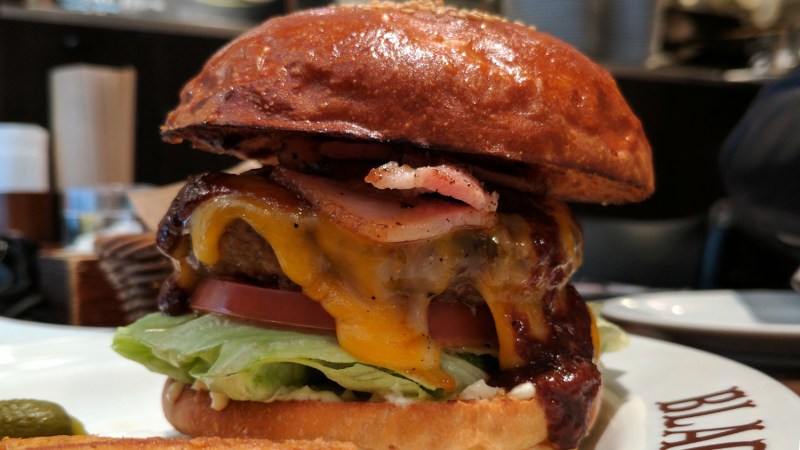
The bun is half the burger experience, so don’t overlook it. Throw them on the grill for about a minute, cut-side down, while the burgers are resting. Keep an eye on them because buns toast fast and burn faster. A light brush of butter or oil helps create a golden, crisp edge that adds texture and prevents sogginess from the burger’s juices and condiments.
Frozen patties require adjustments
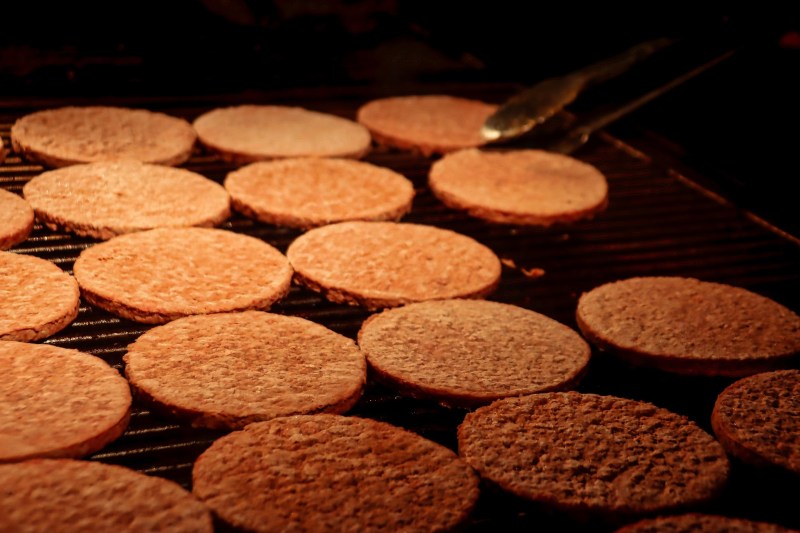
If you’re working with frozen burgers, don’t try to thaw and re-freeze or microwave them before grilling. Go straight from freezer to grill, and just extend your cook time. Aim for about five to six minutes per side, searing first and then finishing over indirect heat. The result won’t be quite as juicy as a fresh patty, but it’ll still hit the spot. Just make sure you still reach that all-important 160 degrees Fahrenheit internally.
Cheese and toppings

To get that perfectly melted cheese, add your slice in the last minute of cooking and close the lid. This traps the heat and melts the cheese without overcooking the patty. You can use that final minute to prep the toppings too. Dry lettuce, thick tomato slices, and pickles give texture, while a swipe of sauce on both buns keeps everything in place. Layering properly prevents your sandwich from turning into a soggy mess by the time it hits the plate.
Great burgers aren’t rushed
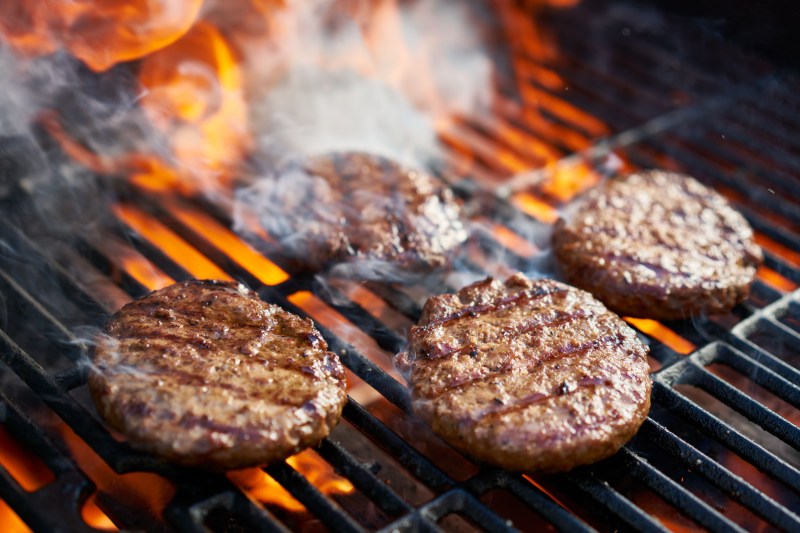
If you came here wondering how long to grill burgers, now you know that time is just one part of the equation. Temperature, technique, thickness, and rest all work together to create a burger that’s juicy, flavorful, and cooked just right. Whether you’re making two patties or twelve, keep a thermometer nearby, give the meat your attention, and don’t rush the process. Your burgers — and your guests — will thank you for it.




